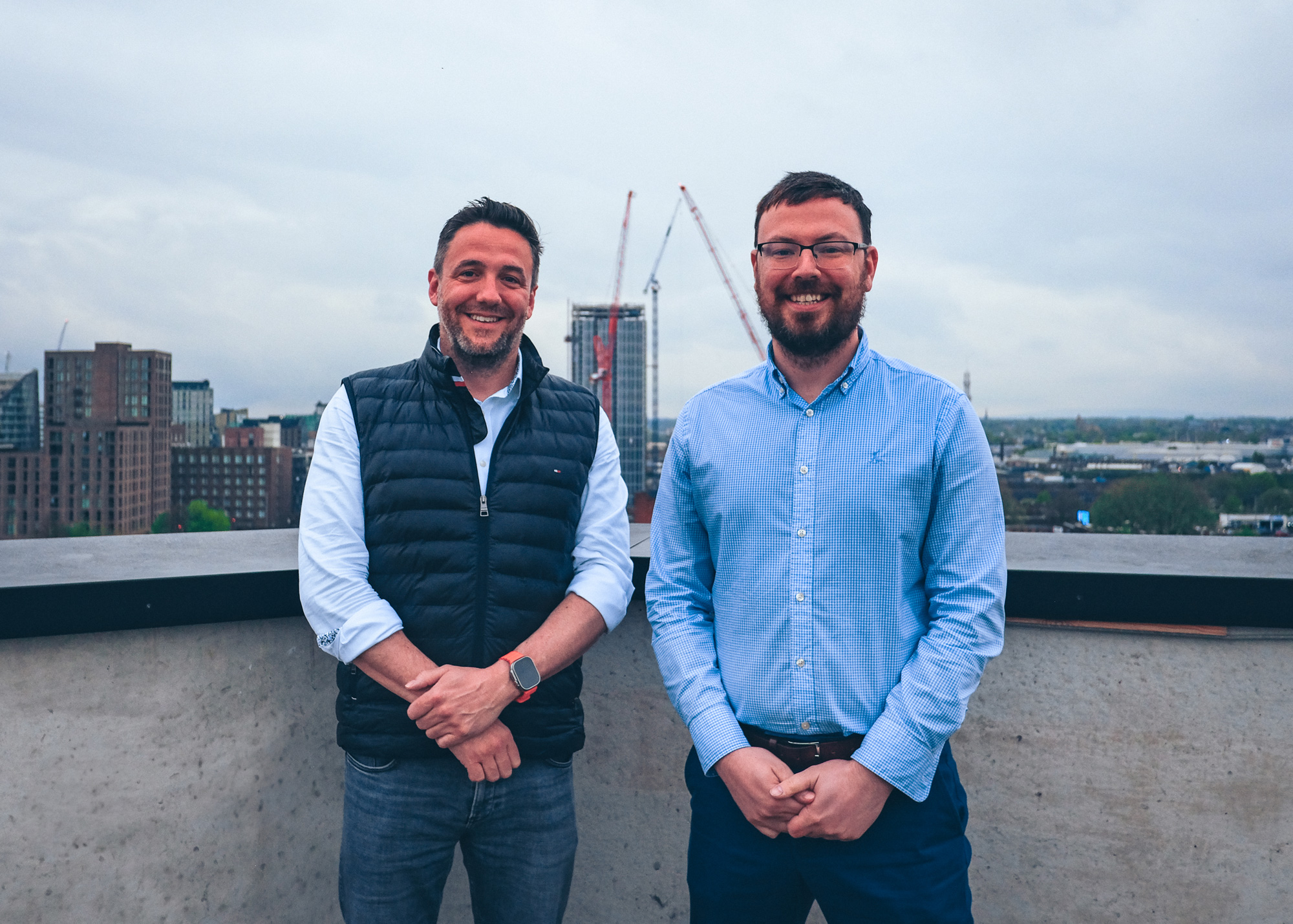According to the Construction Industry Council (CIC) the built environment and construction sector accounts for 38% of global carbon emissions and it has been estimated that globally we build the equivalent of a city the size of Paris every week.
The enormous climate impact of our sector presents equally immense opportunities. Through the adoption of existing technology, a step change in efficiency is achievable. Cutting-edge technology is not required to drive massive process innovation at scale.
Below we explore 5 areas where existing digital solutions may bring huge sustainability benefits across the asset lifecycle –
Design
Eliminating waste and improving material efficiency during the design phase creates the opportunity to realise an almost 20% reduction in greenhouse gas emissions between now and 2050.
Advances in drone technology deliver the potential to gain a complete understanding of the details and constraints of a physical site before any work is planned. One collaborative platform solution provided by Sensat allows asset owners and contractors to “see the project you want to build before you build it.” Planning decisions and option selection become more informed and drive efficiency whilst mitigating risk.
Waste and materials management
According to a report from Transparency Market Research, the volume of solid construction waste generated worldwide every year clocks in around 1.3 billion tons. This number is expected to nearly double to 2.2 billion tons by 2025.
So what existing technology is available to eliminate waste on site and better manage materials?
As the waste and materials sector is still dominated by paper trails, predominantly to preserve the chain of custody required for regulatory reporting, OCR (Optical Character Recognition) technology presents a significant opportunity to digitise these processes. Qflow is a mobile application enabling you to make informed decisions on cost, carbon and quality. Collating real-time materials data delivers immediate benefits for reducing waste, eliminating rework and driving sustainability compliance.
Short-term planning
A recent New Civil Engineer report found that the UK construction industry spends more on error than its annual profits! Research by the Get It Right Initiative (GIRI) suggests that many errors are rooted in the planning process.
Planning in construction hasn’t changed very much in the last 20 years however new technology is starting to deliver improved methodologies and therefore better planning outcomes. The long-term planning tools of choice for construction have been the combination of Oracle Primavera, Microsoft Project and Excel spreadsheets. Billions of pounds of infrastructure delivery are spent every year relying solely on these three platforms for planning.
But what about short-term rolling plans and work allocation for site teams?
Lean methodologies have been popular to support this level of planning including “last planner” and agile project management. Now there are software applications to drive short-term planning such as Aphex. Aphex aims to replace spreadsheets and paper processes by bridging the gap between site planning and long-term construction programmes. In common with many modern construction technologies, it’s a collaborative platform allowing multiple stakeholders to contribute, review and refine work sequencing and resource planning.
Contract Management
Modern forms of contract, such as the NEC suite, embed collaborative management processes in their workflow attempting to incentivise and drive efficiencies into supplier relationships. The Environment Agency is a keen proponent of the NEC4 contract and recently noted that “inspired by the NEC requirement to act in a spirit of mutual trust and co-operation….helped to achieve 1,667t of carbon dioxide emissions savings through jointly conceived efficiencies innovation.”
Administering these contracts has shifted entirely from paper to email/spreadsheets and now web applications over the last ten years. The market-leading solution is currently CEMAR provided by Thinkproject. Developed and supported by industry experts CEMAR aims to streamline contract management and free up teams from the administration.
Site Reporting
Arguably the most significant potential opportunity to accelerate sustainable construction and mitigate our industry's climate impact is understanding what’s happening on our sites. Traditionally this area has been underserved with paper slowly being replaced with digital forms developed on generic common data platforms. For compliance and providing an audit trail, these methods may be adequate however to deliver powerful data-led insights a different approach is required.
Gather provides a digital solution to enable the consistent capture and analysis of site data. Structured reporting and insights, aligned to industry-recognised methods of measurement, deliver real-time commercial intelligence to support effective decision making and risk management. Long-term learning is possible to make future estimating and planning of complex works an objective exercise rather than relying on subjective experience and incomplete data sets.
Where asset owners utilise Gather , efficiencies are being realised reducing project durations by weeks and saving 10% plus of contract values through benchmarking performance and a better understanding of progress and productivity.
We recently attended the Network Rail Eastern Works Delivery Innovation Day and learned more about their sustainability strategy. The leadership commitment in that region is to be the most efficient, environmentally friendly and innovative construction body on the railway fostering an environment for innovation in all aspects of their work. As highlighted above that type of innovation may often be achieved by adopting existing technologies to drive efficiencies and unlock productivity opportunities.





